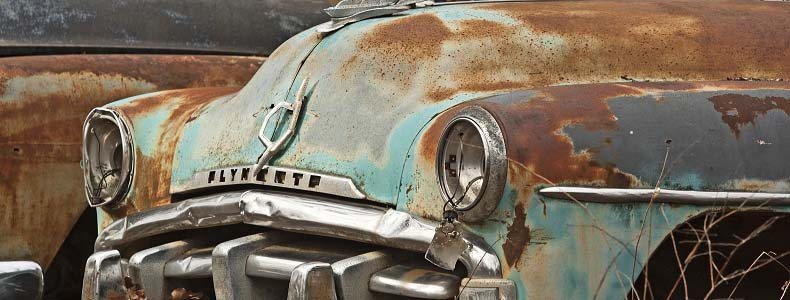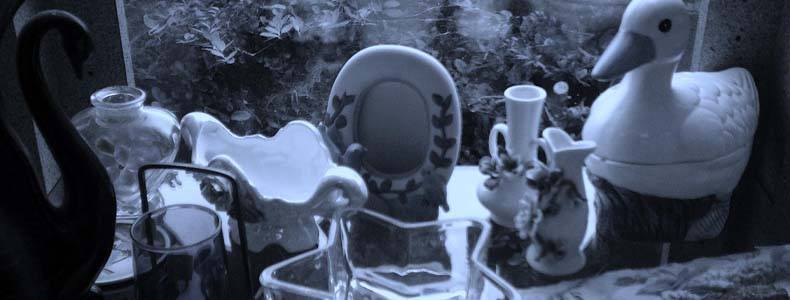- Written by :
- Hits: 1166
- Case Studies

An antique (Latin: antiquus; "old", "ancient") is an old collectable item. It is collected or desirable because of its age, beauty, rarity, condition, utility, personal emotional connection, and/or other unique features.
It is an object that represents a previous era or time period in human society. It is common practice to define "antique" as applying to objects at least 100 years old. Antiques are usually objects that show some degree of craftsmanship—or a certain attention to design, such as a desk or an early automobile.
They are bought at antique shops, estate sales, auction houses, online auctions, and other venues, or estate inherited. Antique dealers often belong to national trade associations, many of which belong to CINOA, a confederation of art and antique associations across 21 countries that represents 5,000 dealers.
Source: Wikipedia
- Written by :
- Hits: 935
- Case Studies

The common definition of antique is a collectible object such as a piece of furniture or work of art that has a high value because of its considerable age, yet it does in fact vary depending on the source, product, and year.
Motor vehicles are an exception to the 100-year rule. The customary definition of antique requires that an item be at least 100 years old and in original, unaltered condition—which excludes most cars. Therefore, cars are generally considered antique if 25 years old or more. (Cars can be registered as "classic" when 20 years old.).
These definitions were intended to allow people of that time to distinguish between genuine antique pieces, vintage items, and collectible objects. The alternative term, antiquities.
Source: Wikipedia
- Written by :
- Hits: 890
- Case Studies

A museum is distinguished by a collection of often unique objects that forms the core of its activities for exhibitions, education, research, etc.
This differentiates it from an archive or library, where the contents may be more paper-based, replaceable and less exhibition oriented, or a private collection of art formed by an individual, family or institution that may grant no public access.
A museum normally has a collecting policy for new acquisitions, so only objects in certain categories and of a certain quality are accepted into the collection. The process by which an object is formally included in the collection is called accessioning and each object is given a unique accession number.
Source: Wikipedia